Analyte Specific Reagent. Analytical and performance characteristics are not established.
- Clone
- TS1/8
- Workshop
- V S025
- Other Names
- LFA-2, T11, SRBC-R
- Isotype
- Mouse IgG1, κ
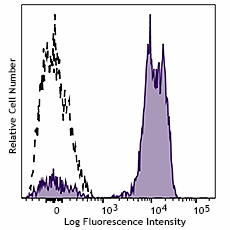
-

Typical results from human peripheral blood lymphocytes stained either with TS1/8 APC/Fire™ 750 used at 5 µL/test (filled histogram) or with an isotype control (open histogram).
| Cat # | Size | Price | Quantity Check Availability | Save | ||
|---|---|---|---|---|---|---|
| 984916 | 500 µL | 301€ | ||||
CD2 is a 50 kD type I transmembrane glycoprotein also known as LFA-2, T11, and sheep red blood cell receptor (SRBC-R). This immunoglobulin superfamily member is expressed on thymocytes, T lymphocytes, NK cells, and thymic B cell subsets. The major ligand for CD2 is CD58 (also known as LFA-3). CD2 has also been reported to bind CD48, CD59, and CD15. CD2 plays a critical role in alternative T cell activation, T cell signaling, and cell-cell adhesion.
Product DetailsProduct Details
- Reactivity
- Human
- Formulation
- Phosphate-buffered solution, pH7.2, containing True-Stain Monocyte Blocker™, 0.09% sodium azide, 0.2% (w/v) BSA (origin USA), and a stabilizer.
- Preparation
- The antibody was purified by affinity chromatography and conjugated with APC/Fire™ 750 under optimal conditions.
- Concentration
- 50 µg/mL
- Storage & Handling
- The antibody solution should be stored undiluted between 2°C and 8°C and protected from prolonged exposure to light. Do not freeze.
- Application
-
Suggested for Flow Cytometry
- Disclaimer
-
WARNINGS AND PRECAUTIONS
- Use appropriate personal protective equipment and safety practices per universal precautions when working with this reagent. Refer to the reagent safety data sheet.
- This antibody contains sodium azide. Follow federal, state and local regulations to dispose of this reagent. Sodium azide build-up in metal wastepipes may lead to explosive conditions; if disposing of reagent down wastepipes, flush with water after disposal.
- All specimens, samples and any material coming in contact with them should be considered potentially infectious and should be disposed of with proper precautions and in accordance with federal, state and local regulations.
- Do not use this reagent beyond the expiration date stated on the label.
- Do not use this reagent if it appears cloudy or if there is any change in the appearance of the reagent as these may be an indication of possible deterioration.
- Avoid prolonged exposure of the reagent or stained cells to light.
Antigen Details
- Antigen References
-
- Bell G, et al. 1995. J Immunol. 155:2805-7.
- Bierer B, et al. 1989. Annu Rev Immunol. 7:579-99.
- Moingeon P, et al. 1989. Immunol. Rev. 111:111-44.
Compare Data Across All Formats
This data display is provided for general comparisons between formats.
Your actual data may vary due to variations in samples, target cells, instruments and their settings, staining conditions, and other factors.
If you need assistance with selecting the best format contact our expert technical support team.
-
FITC anti-human CD2
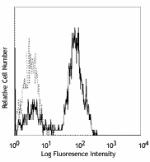
Human peripheral blood lymphocytes stained with TS1/8 FITC -
PE anti-human CD2
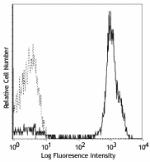
Whole blood lymphocytes stained with TS1/8 PE -
Purified anti-human CD2
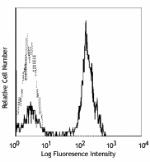
Human peripheral blood lymphocytes stained with purified TS1... -
Pacific Blue™ anti-human CD2
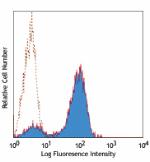
Human peripheral blood lymphocytes stained with TS1/8 Pacifi... -
PE/Cyanine7 anti-human CD2
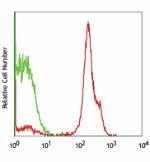
Human peripheral blood lymphocytes stained with TS1/8 PE/Cya... -
Brilliant Violet 421™ anti-human CD2
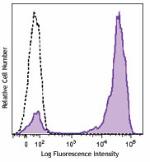
Human peripheral blood lymphocytes stained with (clone TS1/8... -
Purified anti-human CD2 (Maxpar® Ready)
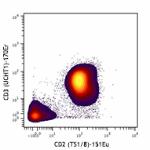
Human PBMCs stained with 151Eu anti-CD2 (TS1/8) and 170Er an... -
PerCP/Cyanine5.5 anti-human CD2

Human peripheral blood lymphocytes stained with CD3 Brillian... -
APC anti-human CD2
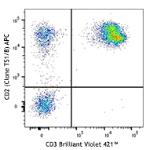
Human peripheral blood lymphocytes stained with CD3 Brillian... 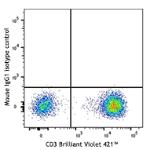
-
APC/Fire™ 750 anti-human CD2

Human peripheral blood lymphocytes stained with CD3 Brillian... 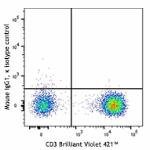
-
Alexa Fluor® 700 anti-human CD2
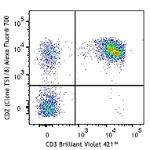
Human peripheral blood lymphocytes stained with CD3 Brillian... 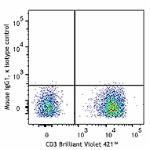
-
TotalSeq™-A0367 anti-human CD2
-
TotalSeq™-C0367 anti-human CD2
-
FITC anti-human CD2

Typical results from human peripheral blood lymphocytes stai... -
TotalSeq™-B0367 anti-human CD2
-
Ultra-LEAF™ Purified anti-human CD2
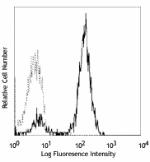
Human peripheral blood lymphocytes stained with Ultra-LEAF™ ... -
APC/Cyanine7 anti-human CD2

Human peripheral blood lymphocytes were stained with anti-hu... -
PE anti-human CD2
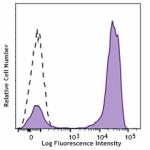
Typical results from human peripheral blood lymphocytes stai... -
TotalSeq™-D0367 anti-human CD2
-
PE/Cyanine7 anti-human CD2
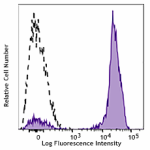
Typical results from human peripheral blood lymphocytes stai... -
PerCP/Cyanine5.5 anti-human CD2
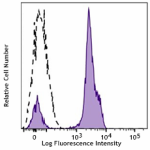
Typical results from human peripheral blood lymphocytes stai... -
GMP PE anti-human CD2
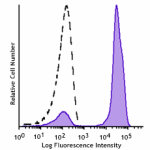
Typical results from human peripheral blood lymphocytes stai... -
APC anti-human CD2
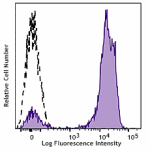
Typical results from human peripheral blood lymphocytes stai... -
APC/Fire™ 750 anti-human CD2
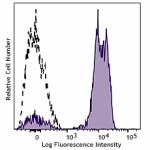
Typical results from human peripheral blood lymphocytes stai... -
Pacific Blue™ anti-human CD2
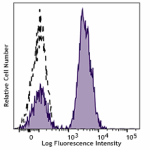
Typical results from human peripheral blood lymphocytes stai... -
GMP FITC anti-human CD2
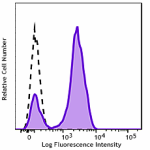
Typical results from human peripheral blood lymphocytes stai... -
GMP APC/Fire™ 750 anti-human CD2
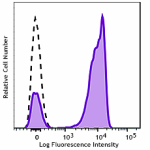
Typical results from human peripheral blood lymphocytes stai...
 Login / Register
Login / Register 






Follow Us